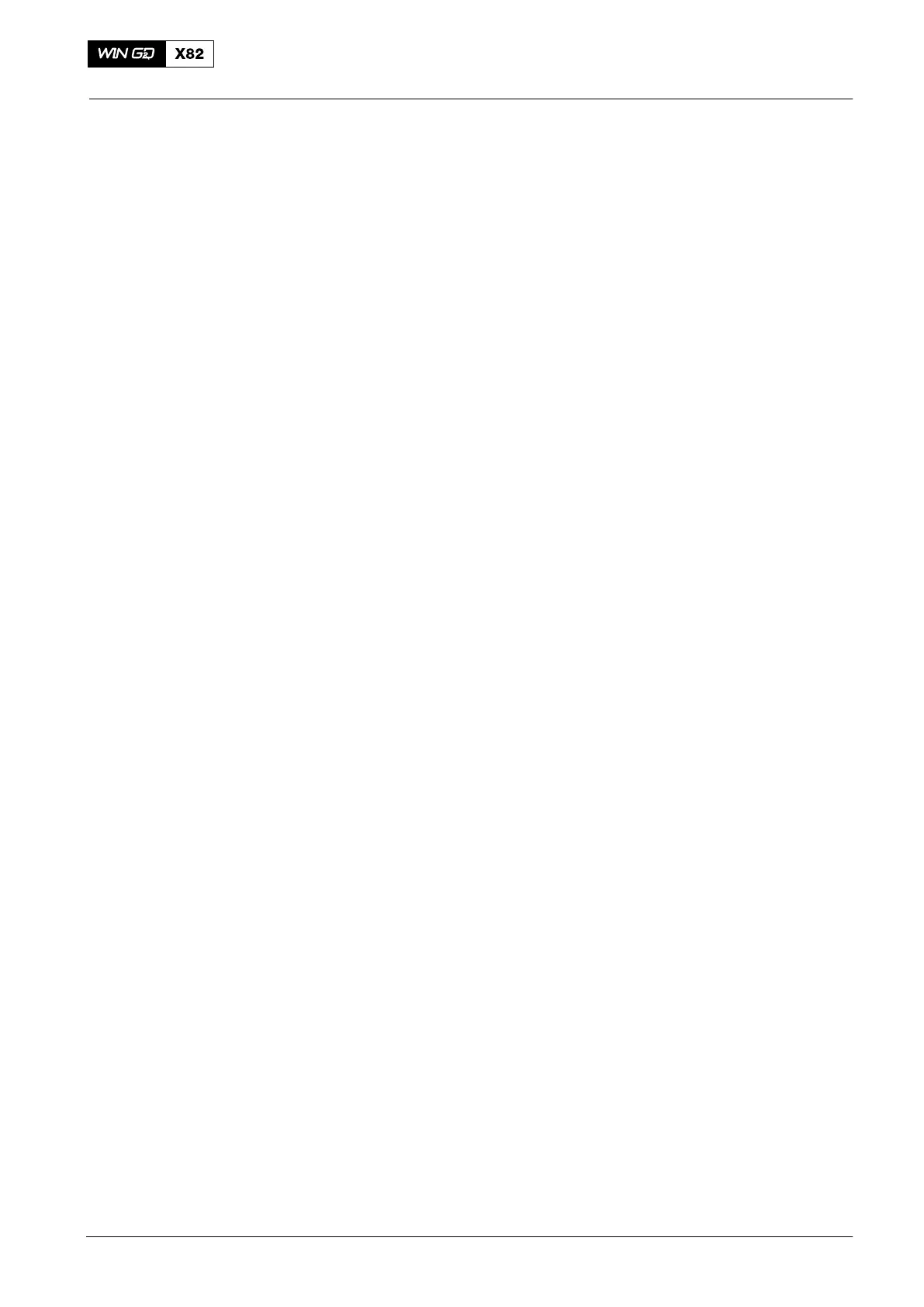Operation
0240−1/A1
Winterthur Gas & Diesel Ltd.
3/ 3
When you listen to the engine, unusual noises will show that there is a possible
defect.
Hand-drawn diagrams give data about the combustion process and pressures in the
cylinder (see 0420−1 Indicator Diagrams).
When the quality of the fuel used changes (diesel oil, HFO from different bunkerings),
the maximum pressure in the cylinder at service power must be found as soon as
possible. You must compare this pressure to the pressure measured during the
related shop trial (speed, power).
If there are large differences in the firing pressures (i.e. too high or too low), adjust the
fuel quality setting (FQS) to change the firing pressures (see 4002−3 User
Parameters).
19) Put the lubricating oil through a centrifuge. Get samples at regular intervals and
compare these samples with the values given in 0750−1 Lubricating Oils.
20) Do a check of the dirty oil drain pipes from the piston underside to make sure that
there are no blockages. Use your hand to touch each drain pipe to feel for a
temperature difference. A pipe is blocked when there is a temperature difference
along its length. You must clear all blockages as soon as possible.
21) Examine regularly the lubricating and fuel oil systems for leaks (see 8016−1,
paragraph 5 Servo oil leakage system and 8019−1, paragraph 4 Fuel leakage
system). To find leakages in the rail unit, open the related hinged covers and
casings. You must repair leaks as soon as possible.
Usual Operation
2014

